Features of blueberry transplant

Berries are planted very often in garden plots. In our country, strawberries, raspberries, currants are considered traditional. Blueberries are just beginning to win the love of gardeners, interest in this berry is growing steadily. Due to the original taste, benefits for the body, a large number of blueberry varieties are becoming more and more in demand. The yield and development of the plant largely depend on agrotechnical measures. One of the most important procedures requiring a thorough study is the transplant.

The need for a procedure
Transplanting garden blueberries can be done for a variety of reasons.
- Cuttings... Often, gardeners decide to breed a variety that they like. There are several ways to achieve this: cuttings, layering, shoots. Regardless of the method, seedlings are first taken from a healthy bush, transplanted into open soil or a greenhouse. And after a couple of years they are planted in a place where they will grow constantly.
- Division of the bush. This is another way of reproduction, but, unlike the previous option, it is often forced. An adult bush that has grown thoroughly must be dug up and divided. The roots and stems are separated from each other. And they, in turn, are already disembarking at prearranged places.
- Redevelopment... A blueberry transplant can be triggered by changes in the summer cottage. In the place where it grows, a building can be planned or it is located nearby and creates a shadow. Shade can also be created by trees that have been growing for many years, and their growth was not taken into account initially when planting the berry.
- Age changes... Old bushes need to be transplanted to a new place. Blueberries are a perennial, the bush actively bears fruit for 10 to 12 years. It is not surprising that during this time the soil loses useful elements and becomes "empty". Even fertilizers that are applied on time cannot fundamentally correct this situation. Depletion of the soil affects the health and development of the bush. True, it is helped to "cheer up" the stump cuttings carried out once every three years. But even this method cannot completely correct the situation.
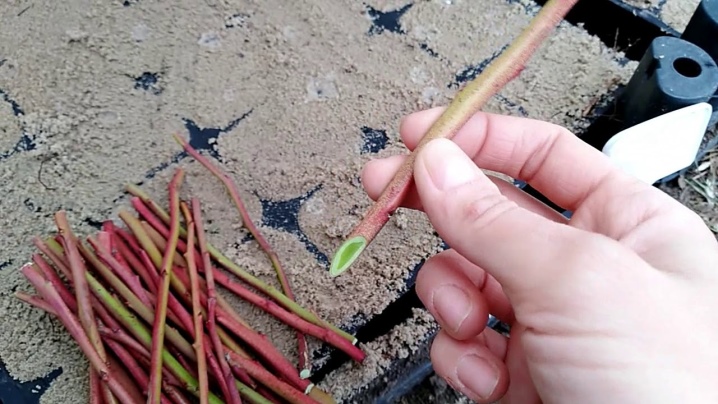
Thus, a blueberry transplant is not only a completely possible event, but also a must in some cases.
Timing
Before proceeding with the procedure, you need to decide when it is best to transplant the blueberries to another place. It is important to know the appropriate timing, since the procedure carried out in unfavorable weather conditions will negatively affect the condition of the plant. In the worst case, you can even lose it. The most important criterion is the growing region, the climate of which affects whether to carry out the procedure in spring or autumn.
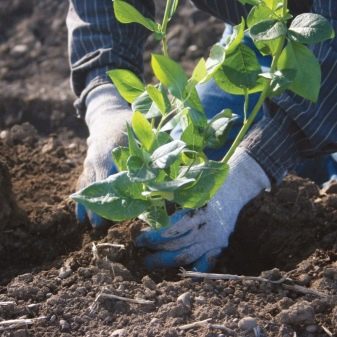
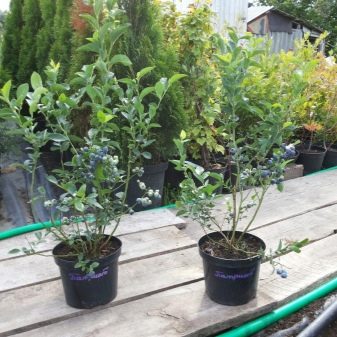
In cold regions with harsh climates, frosts can hit early enough. Therefore, a berry planted in a new place simply will not have time to take root, adapt to it. Moreover, there is a high risk that it will freeze during the cold season.
But the southerners should take into account the fact that the growing season of the berry begins somewhat earlier than in the center and in the north. Thus, the spring procedure may not be entirely successful if you do not have time to start in time.
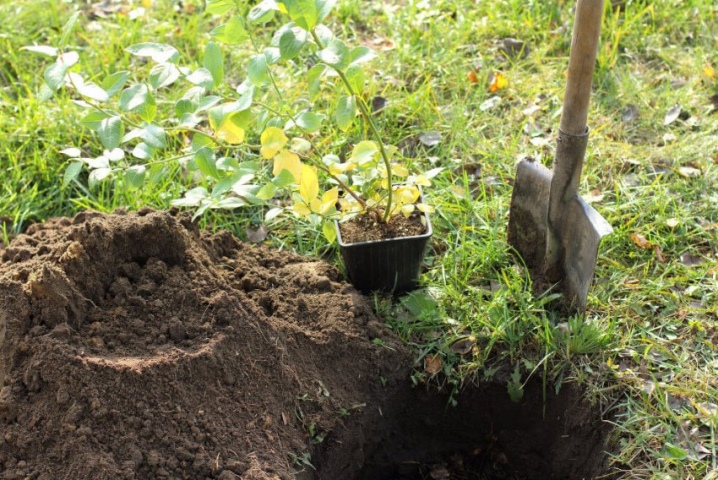
Features of the spring procedure:
- this option is ideal for northern regions, when the risk of frost on the soil in early autumn is high;
- the berry is transplanted at rest, you cannot wait for sap flow;
- the best months for this event are April or the very beginning of May;
- it is important that the soil is still well moistened after the snow melts, but it is already warm enough;
- the optimum soil temperature for the procedure is above + 5 ° C.
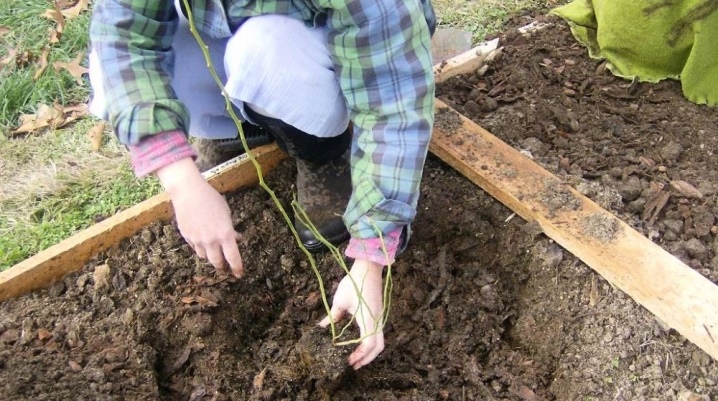
Features of the autumn transplant:
- it is important to start the event in advance, without waiting for the first frost;
- the optimal month for this is September;
- a few months is quite enough for the blueberry to take root, to go through all the stages of adaptation;
- the root system has time to grow, in the spring the bush is actively growing;
- immediately after the autumn transplant, it is necessary to provide high-quality moisture;
- when moisture is absorbed, the soil is mulched;
- you also need to prepare the plant for winter, despite the fact that the berry tolerates cold well down to minus 30 ° C;
- if there is little snow, then shelter will not hurt in milder climates, for example, in the Moscow region and in the south;
- for shelter, spruce branches, polyethylene cloth and other improvised means are used.
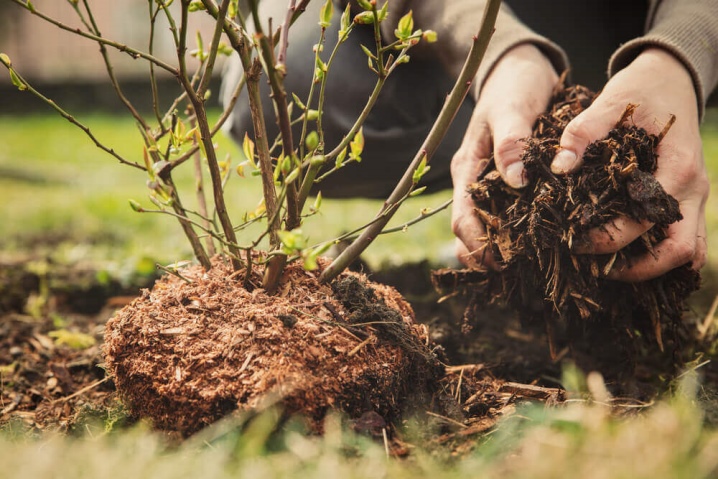
Preparation
For the transplant to be successful, it is necessary to select and prepare a new site in advance. It should be bright, with good access to sunlight.... Drafts and gusts of wind must be avoided. The composition of the soil is a very important point, it must be additionally enriched. For these purposes, sand, needles of needles, sawdust are used.
It is worth paying attention to the acidity level of the soil. You can acidify it with a vinegar solution. It is created by diluting 35 g of vinegar in a bucket of water. This bucket is enough to improve the soil condition by about one square meter or more.

It is optimal to first check the acidity of the soil: if the level is at least 3.5 pH, then it is absolutely normal, you should not acidify the soil.
Refuse to transplant in lowlands, in swampy areas. Optimal selection of high areas... Lowlands with accumulating water are very poor for blueberries. Since the immunity of blueberries is very low in relation to the fungus, this fact must also be taken into account. Spores of fungal infections multiply most actively in heat and moisture, therefore, low closed areas should not be chosen for transplantation in any case.
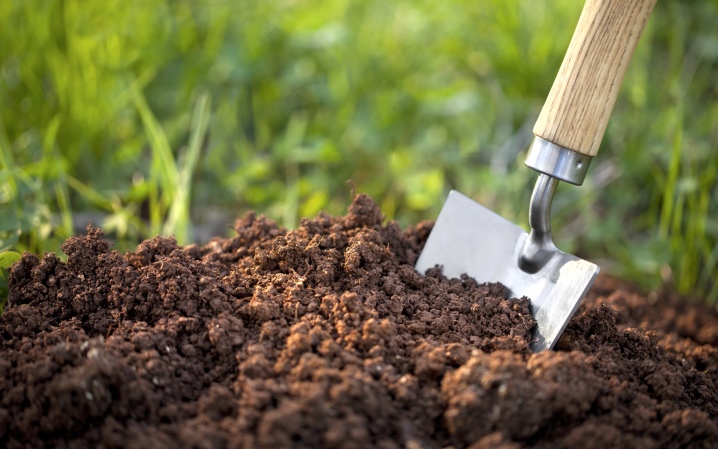
Dense soil requires the creation of drainage, which are used as pieces of brick, expanded clay, crushed stone. Drainage is distributed at the bottom of the hole, its thickness should not be less than 10 cm, then the soil mixture is applied. The landing pattern is thought out before the start of the procedure.
It is necessary to separate the berries from other plants by at least half a meter. If the procedure is carried out in the fall, you must remember to pick the berries in advance.
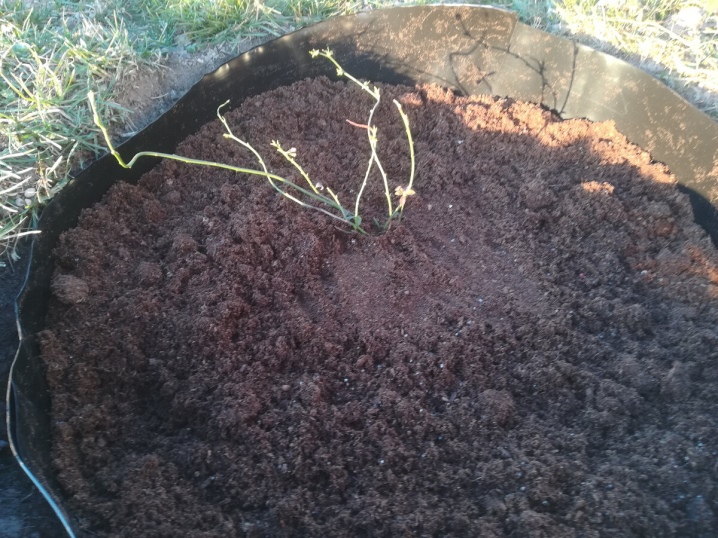
How to transplant correctly?
An adult bush is transplanted to a new place after the planting pit has been formed. The procedure itself must be carried out without delay, otherwise the roots will quickly begin to lose strength under the sun... That is why it is recommended to carry out work in the evening, when the sun is already setting or setting. The landing pit is formed up to half a meter deep, the width is about the same or slightly more. The width depends on the size of the roots and the bush itself.
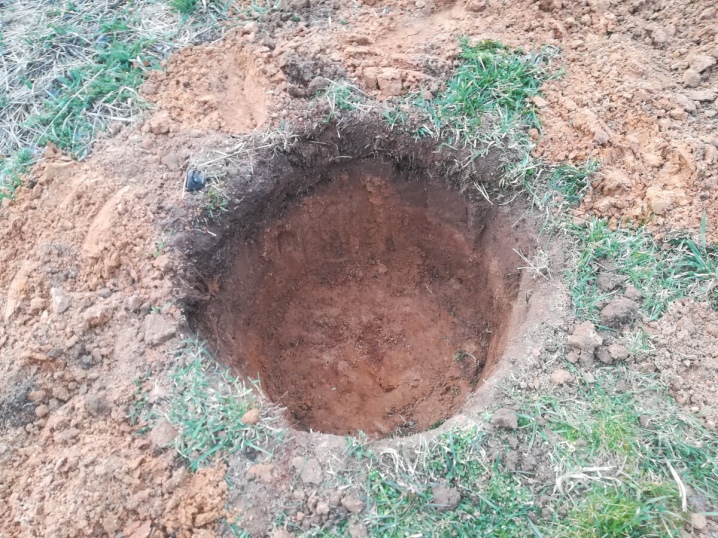
It is worth taking care of mineral fertilizers that are applied to the soil. Potassium-phosphorus compositions, ammonium sulfate are best suited. But organics will have to be abandoned, since this type of feeding will not only not help, but will also destroy the plant. Organic compounds increase alkali levels, while blueberries prefer high acidity.

The rules of procedure are as follows:
- only adult plants are transplanted, while a mature bush is undermined from different sides and uprooted with a shovel;
- all actions should be as careful as possible, as there is a high risk of damage to the roots;
- it should be noted that the roots are located at a distance of about 35-45 cm to the sides;
- in no case pull on the stem, as it is very easy to separate it from the root system;
- the bush is taken out carefully, together with a lump of earth is transferred to an already prepared hole;
- set in a pit, straighten the roots, cover with soil mixture enriched with minerals;
- after tamping, moistening is carried out: at least 8 liters;
- after the moisture has been absorbed, the area near the trunk is mulched.
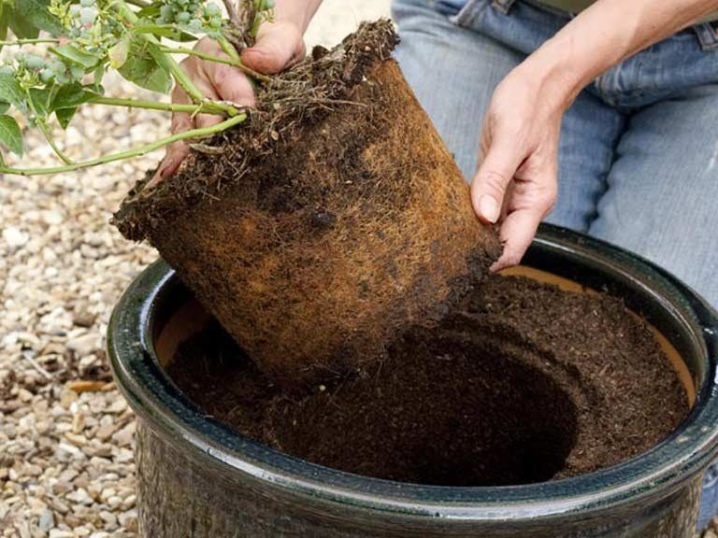
If you have undersized varieties of berries, they can be transplanted into flower pots. The main thing is that the container is of sufficient volume. This option is very convenient in terms of mobility; transplants can be avoided. You just need to move the plant to the right place.
Follow-up care
In the case when the plant is transplanted in the autumn, it is not watered after abundant moisture during the procedure. Top dressing is also not carried out. Nutrients and water too provoke the growth and development of the shrub, and this is completely unnecessary before the winter period. It is better to thoroughly prepare the bush for frost: spud, mulch with sawdust or peat. Above the new fit, a structure is formed in the form of a frame with an attached non-woven fabric.
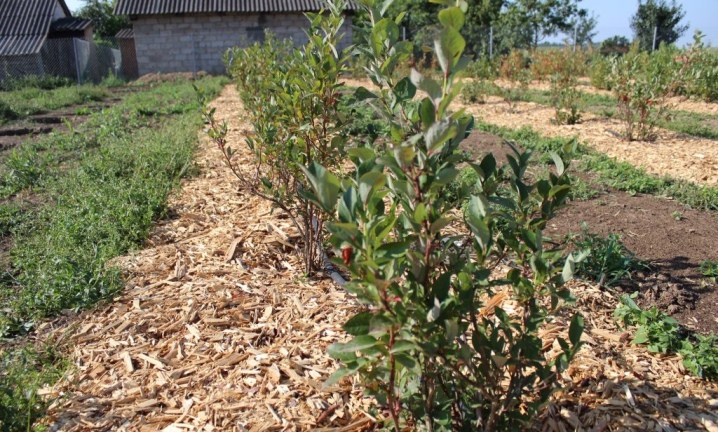
After the spring procedure, the shrub needs very high-quality care. It needs to be moistened and fed regularly. The first watering should be done in a couple of weeks. This time is usually enough for the plant to adapt. After this time, you need to moisten the bush once or twice a week, focusing on the condition of the soil. Drying and waterlogging should not be allowed.

The mulching procedure helps to control the moisture level well. Watering with citric acid has an excellent effect on the development and adaptation. It is watered with it if the acidity has dropped. After transplanting, you need to fertilize with urea: the solution is prepared in a 10-liter bucket, introducing 10 g of urea. During the period of flowering and fruit formation, it is necessary to fertilize the soil with potassium-phosphorus compounds. You can purchase special complex blueberry mixes. They already have everything that is needed for a given culture.
Transplanting blueberries allows you to strengthen the plant, achieve a good harvest, and protect it from various diseases and pest attacks.














The comment was sent successfully.